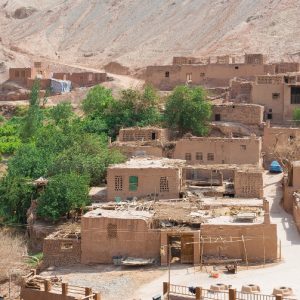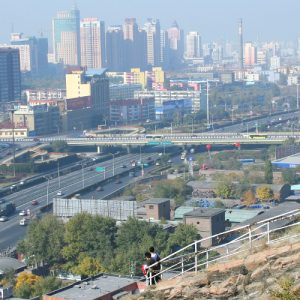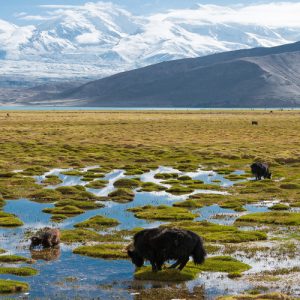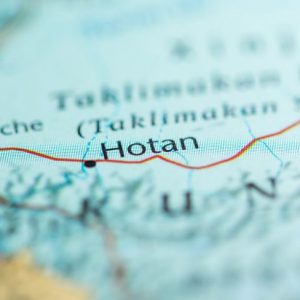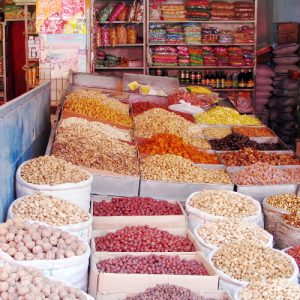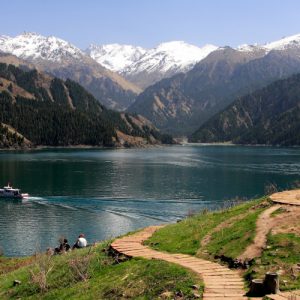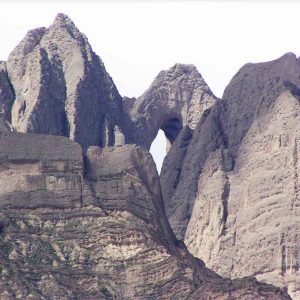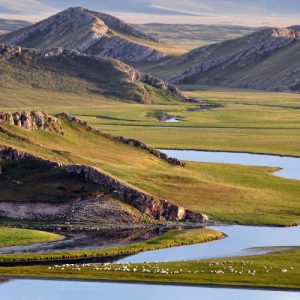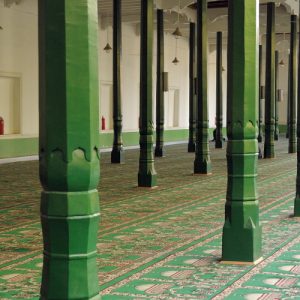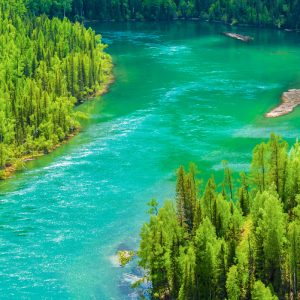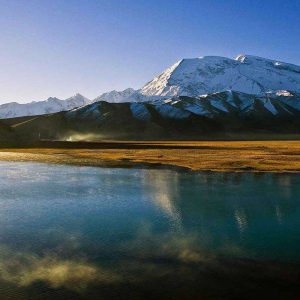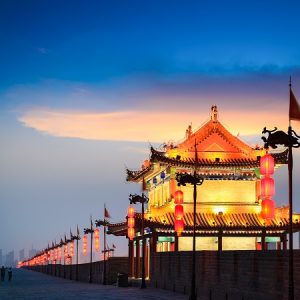Kashgar - 喀什
Review of
- Review updated on 24 avril 2024Pictures of Kashgar
Kashgar
At the gateway to the Taklamaklan Desert and at the foot of the Tian Shan highlands, the oasis town of Kashgar is located in the south of the Xinjiang Autonomous Region. Kashgar shares borders with 4 different countries: Afghanistan, Kyrgyzstan, Pakistan and Tajikistan. The city also serves as gateway to Tibet. At the end of 2010, the population of the city was estimated at just under 4 million. The majority of them are Uyghurs but we find the presence of very different peoples such as Huns, Russians, Mongols or Uzbeks.Kashgar once played a very important role along the Silk Road. Today, tourists are often offered to take a camel or car ride along the road to make them aware of the difficulty of the route. After visiting the Taklamaklan Desert, you will have to head towards Lake Karakul. It is located near Mount Muztagata, at an altitude of 3,600 meters. The dazzling beauty of a poetic landscape still in the wild will delight lovers of nature. The colors of the water vary according to the time of day and bind with the reflections of snow-capped mountains and green grass.If you are lucky, you will meet Kyrgyz and Tajiks. They are very hospitable in the area and may invite you to their home. This will give you an unforgettable insight into a unique way of life. In Kashgar itself, it is essential to spend some time in the big Sunday market. Merchants from neighboring countries come to sell items that you will not find anywhere else. The old town is worth the detour. The Id Kah mosque was built in 1442 and is now the largest mosque in Asia. Along the narrow streets, you will discover some mausoleums and some pagodas.
Visits to Kashgar
The tomb Abakh HojaAbakh Hoja Tomb is located 5 kilometers north east of the city. It is, however, better known as the “Xiangfei Tomb”, a Uighur woman of the Qing dynasty who was imprisoned and forced to marry Emperor Qianlong. In fact, the grave is her grandfather’s. Xiangfei is a very strong symbol, as much for the Uighurs as for the Han. She is considered a heroine by the Uighurs and as a heroine representing anti-Qing and anti-feudal. Legend has it that Xiangfei committed suicide under the pressure of the shenanigans orchestrated by Empress Dowager.The buildings of the tomb are high and resemble those of a mosque with blue and white colors and a green dome decorated with small minarets. On the dome, a crescent-shaped minaret is drawn. The real Xiangfei Tomb is inside, it is embellished with blue pottery with a beautiful pattern of blue flowers on a white background.The Idkah MosqueThe Idkah Mosque is the largest in China and the religious center of Kashgar. The call to prayer echoes throughout the city. The current structure was renovated and extended based on the original mosque built in 1442 for Shakesirmirzha, the leader of Kashgar. The mosque is built in yellow bricks, making it very visible from Id Kah Square.When this is not the time for prayer, tourists are allowed to enter the mosque. However, there must be covered arms and legs, for both women and men. The best time is early in the morning, when there are few faithful. The place is always full of pilgrims who come to pray. Outside the mosque, we can see some pilgrims flogging while dancing energetically, accompanied by musicians.The Sunday market of KashgarThe famous Sunday market has been here for more than 1500 years. The east of the city is transformed into a huge bazaar where peasants, merchants and traders from the regions and neighboring countries meet. There are more than 5,000 stalls and about 100,000 people a day. People come from all over central Asia to do business.The market offers a wide variety of products: crafts, livestock, vegetables, jackets, fabrics, carpets, embroidered blankets etc. You can find handicrafts from Pakistan, scarves from Turkey or dry fruits from Saudi Arabia. Thanks to its mix of cultures, the Kashgar market is a unique experience full of colors and flavors.
Access to Kashgar
There are several possibilities to travel to Kashgar. The train is the least expensive option but also the least fast. Allow more than 10 hours from Korla and Kuqa and at least 20 hours from Turpan. Kashgar airport is connected to Urumqi but also to Beijing, Shanghai and Guangzhou. On site, it is better to go to town by car. You can then walk around on foot. For your excursions outside the city, the public bus and the taxi are the practical options.
When to travel to Kashgar?
The climate of the region is a continental climate. Summers are long while winters are much shorter. The hottest month is July with an average temperature around 27 ° C. The period from April to October is the most pleasant with a special mention in August and September. The temperatures are on the one hand very pleasant and the landscapes are on the other hand much more flowery and colored since the season of reason is in full swing. You will find more detailed information on the climate of Xinjiang on the page: Weather Silk Road.
Where to sleep in Kashgar?
Staying in a good hotel is one of the first step to a successful vacation. Indeed, a good accommodation can make your vacation even more exceptional … like a bad one can spoil a stay.The ancient mythical city of the Silk Road, Kashgar is full of places to stay. You’ll get something for every budget, from small B & Bs of incomparable charm to large hotels in the city center, near the main sites to visit, or in the surrounding countryside. That’s why we have selected for you the bests Kashgar’s Hotels, mixing comfort and quality of services.
